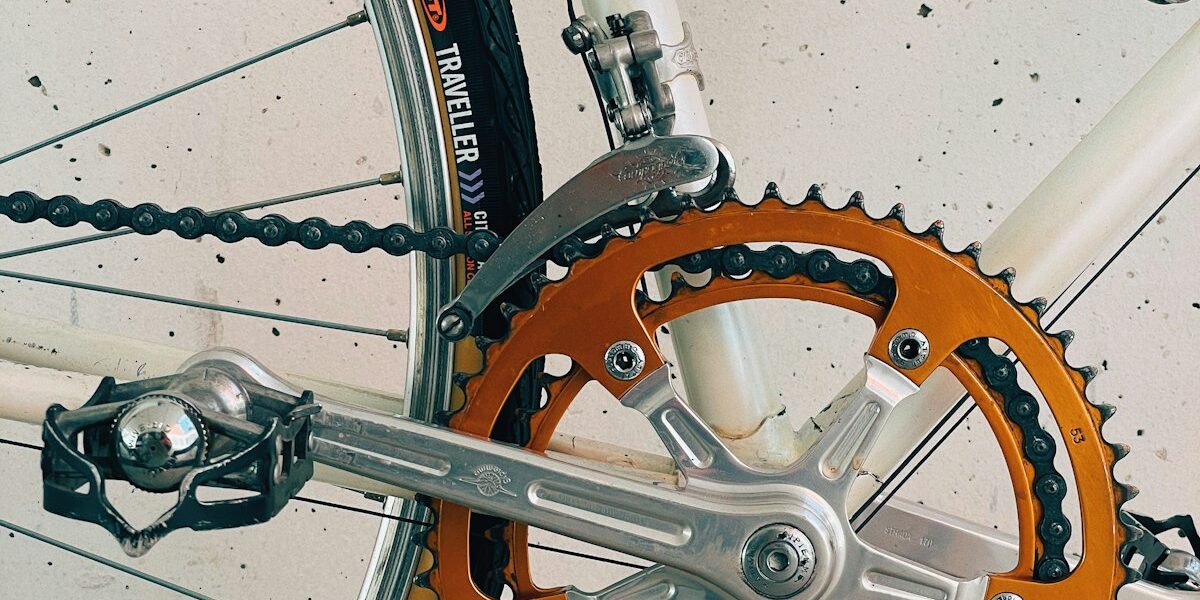Maintaining your bicycle is crucial for ensuring its longevity, safety, and performance. Whether you’re a seasoned cyclist or a casual commuter, understanding how to keep your bike in top condition is essential. This comprehensive guide will walk you through all the necessary steps to maintain your cycle, covering everything from routine checks and cleaning to more intricate maintenance tasks.
**Routine Checks**
Begin each ride with a quick visual and physical inspection of your bike. Check the air pressure in your tires, which should match the recommended levels printed on the tire sidewalls. Inspect the brake system to ensure that the pads are not excessively worn and that they make full contact with the rims without touching the tires. Test the brakes by squeezing them before you ride. Additionally, check that the chain is free of rust and debris, and that it runs smoothly across the gear sets.
**Cleaning Your Bike**
Regular cleaning is vital to keep your bike functioning correctly. Dirt and grime can cause premature wear and tear, so it’s essential to clean your bike thoroughly. Use a gentle brush and a bucket of soapy water to scrub the frame, handlebars, seat, and wheels. Avoid using a high-pressure hose as it can force water into bearings, causing damage. After washing, dry your bike to prevent rust and apply a suitable lubricant to the chain, gears, and moving parts.
**Lubrication**
Proper lubrication reduces friction and wear, prolonging the life of your bike’s components. Use a bike-specific lubricant on the chain, derailleur, and other moving parts. Apply lubricant lightly and wipe off any excess to avoid attracting dirt. Remember, different weather conditions may require different types of lubricants.
**Tire Maintenance**
Tires are critical for safety and comfort. Regularly check for signs of wear such as cracks, cuts, or bald spots. Replace tires that show significant wear to prevent punctures or blowouts. Also, rotating your tires periodically can help them wear more evenly and extend their life.
**Brake System Maintenance**
Brakes are a vital safety feature, so keeping them in good working order is crucial. Check the brake pads for wear and replace them if necessary. If your bike has mechanical disc brakes, check the alignment of the brake discs and adjust them if they are rubbing against the pads. For hydraulic systems, check the fluid levels and refill if needed. Ensure all cables are intact and not frayed.
**Gear System Adjustments**
Smooth gear shifting is crucial for an enjoyable ride. If you notice skipping or slipping in the gear system, it might be time for an adjustment. This typically involves setting the tension of the cable that controls the derailleur. For accurate adjustments, consider taking your bike to a professional mechanic.
**Checking and Adjusting Bearings**
Bearings in the hubs, bottom bracket, and headset should move smoothly without play or noise. If you notice grinding or resistance, or if the components feel loose, it may be time to adjust or replace the bearings. This task can be complex and requires special tools, so it may be best handled by a professional.
**Storage**
Proper storage of your bike can prevent unnecessary damage and wear. Store your bike in a cool, dry place away from direct sunlight. If space allows, hang it from a bike rack to avoid pressure on the wheels and tires. If you must store your bike outside, use a cover to protect it from the elements.
**Professional Service**
Even with regular maintenance, it’s a good idea to have your bike professionally serviced at least once a year. This will ensure that more complex parts of your bike are in good working order and can help catch any issues that might be difficult to spot at home.
By following these steps, you can keep your bicycle in excellent condition, ensuring a safe and enjoyable riding experience. Regular maintenance not only extends the lifespan of your bike but also enhances its performance and safety. Remember, a well-maintained bike is a reliable companion on the road.




Leave a Reply